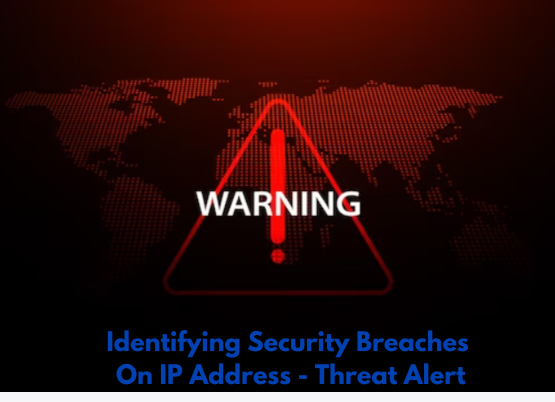Incident Summary:
In this case study, we delve into the detection and analysis of potential threats identified on the IP address 192.168.31.***.
The study focuses on uncovering security breaches and evaluating the risks associated with the detected threats. By examining this
specific IP address, we aim to gain insights into the nature of the threats and propose effective mitigation strategies to safeguard
the network and its assets.
Below are the Details:
The focus of this case study revolves around the identification and assessment of a system infected with a virus on the host with the IP
address "192.168.31.***." Despite the detection of the virus, no successful cleaning or removal has been accomplished thus far. The study
delves into the analysis of the specific file path, which is located at:
"HKEY_LOCAL_MACHINE\Software\Microsoft\Windows\CurrentVersion\Policies\System\"
Within this path, two files have been identified as potential threats:
"DisableTaskMgr" and "winrar-64-6.11-installer_KpA-GK1.exe"
The case study aims to examine the characteristics of these files and explore potential solutions for effectively neutralizing the
virus and ensuring the security of the host system.
Analysis Summary:
During our observations, we have detected threats on the host with the IP address "192.168.31.***." It is important to note that these
threats have not been successfully cleaned from the system.
One specific threat of concern is the file with the hash value "E5040B154785E50297E505FB3FE338F92EF25A14," which has been identified as
malicious.
Further information about the file's reputation and analysis can be found at the following reputation link: https://www.virustotal.com/gui/file/77b7eedf3ac6108a8cbdb4745e0a927ad5cfc8ca0a275aa50a3c9b6958be2767.
For a more detailed understanding of the situation, please refer to the attached snapshot. This snapshot provides additional
information and visual representation regarding the identified threats on the host system.
Recommendation:
When dealing with the detection of malicious threats on an IP address associated with your network, it is crucial to take immediate action to minimize risks and protect your systems. Here are some recommendations to provide to your client:
1) Verify file legitimacy and user awareness:
Investigate the legitimacy of the detected file and ensure that the end user is aware of its presence. This step helps determine if the file is authorized or poses a potential threat.
2) Isolate the compromised system:
Disconnect the affected system from the network to contain the damage and prevent the spread of the threat. By isolating the compromised system, you can limit the attacker's access and reduce the potential impact on other systems.
3) Conduct a thorough source investigation:
Perform a comprehensive investigation to identify the source and nature of the malicious threats. Determine any vulnerabilities or security gaps that may have been exploited to gain unauthorized access. This information is crucial for implementing effective countermeasures.
4) Apply security patches and updates:
Ensure that all software and systems within the affected network are up to date with the latest security patches. Regularly applying updates helps address known vulnerabilities that attackers may exploit, enhancing the overall security posture of the network.
5) Perform malware scans and removal:
Run thorough antivirus and anti-malware scans on all systems within the network to detect and remove any malicious software. It is important to use reliable and updated security software for this purpose to maximize the detection and removal of threats.
6) Change passwords:
Instruct your client to change all passwords associated with the affected network and systems. Encourage the use of strong, unique passwords and consider implementing two-factor authentication for an extra layer of security. Changing passwords helps prevent unauthorized access and further compromise of the network.
7) Strengthen network security:
Review and enhance the network's security infrastructure. This may include implementing firewalls, intrusion detection systems, and access controls. Regularly monitor network traffic for any suspicious activity.
8) Educate employees:
Conduct security awareness training sessions for your client's employees to educate them about common security threats, phishing attempts, and safe online practices. Human error is often exploited by attackers, so it's crucial to raise awareness.
9) Regular backups:
Advise your client to establish a regular backup routine for critical data. Backups should be stored securely and offline to prevent malware from affecting them. Regularly test the restoration process to ensure data integrity.
10) Incident response plan:
Help your client develop an incident response plan to outline the steps to be taken in the event of a security incident. This plan should include procedures for detection, containment, eradication, and recovery.
By following these recommendations, your client can effectively mitigate the risks associated with the detected threats and enhance the security of their network and systems.

